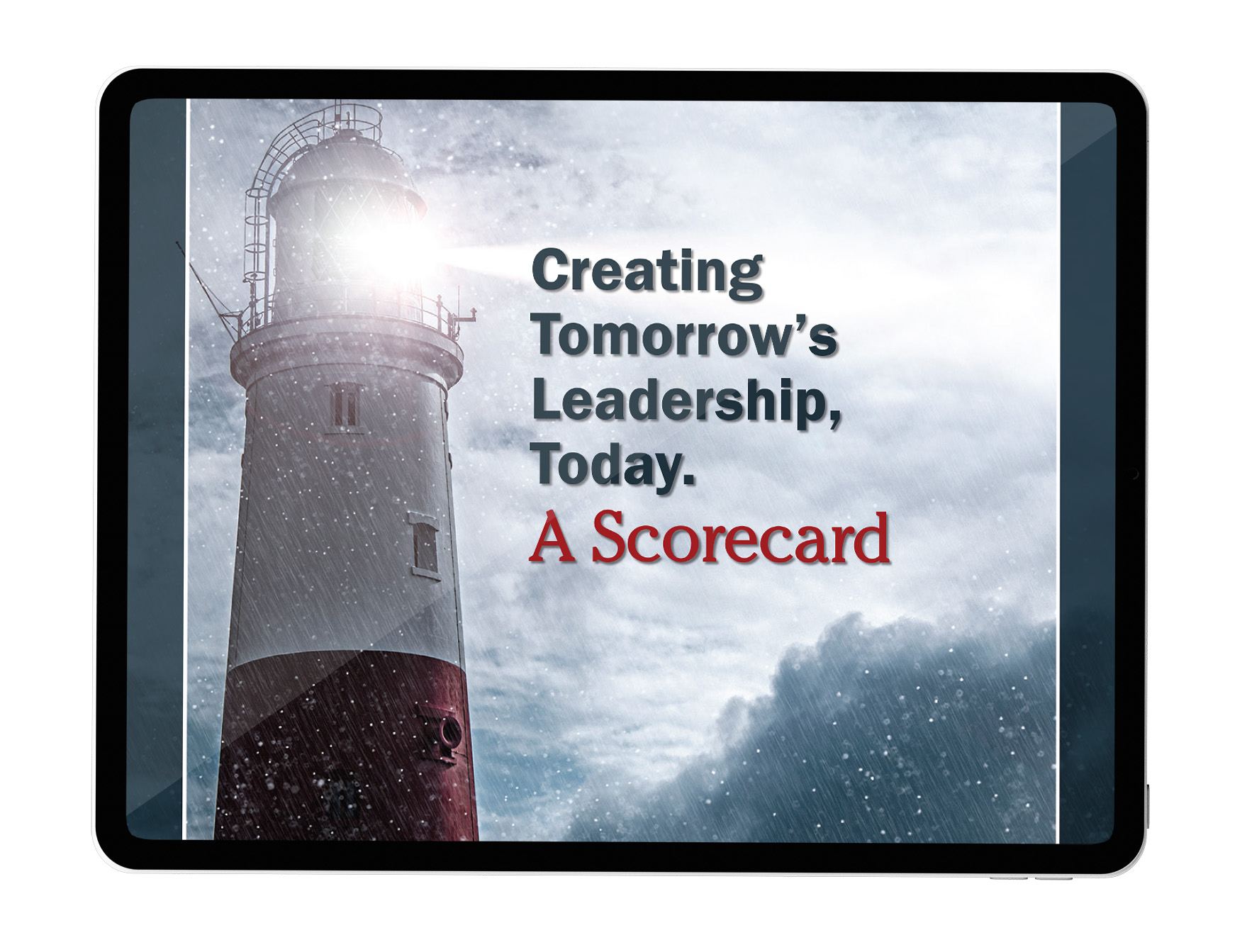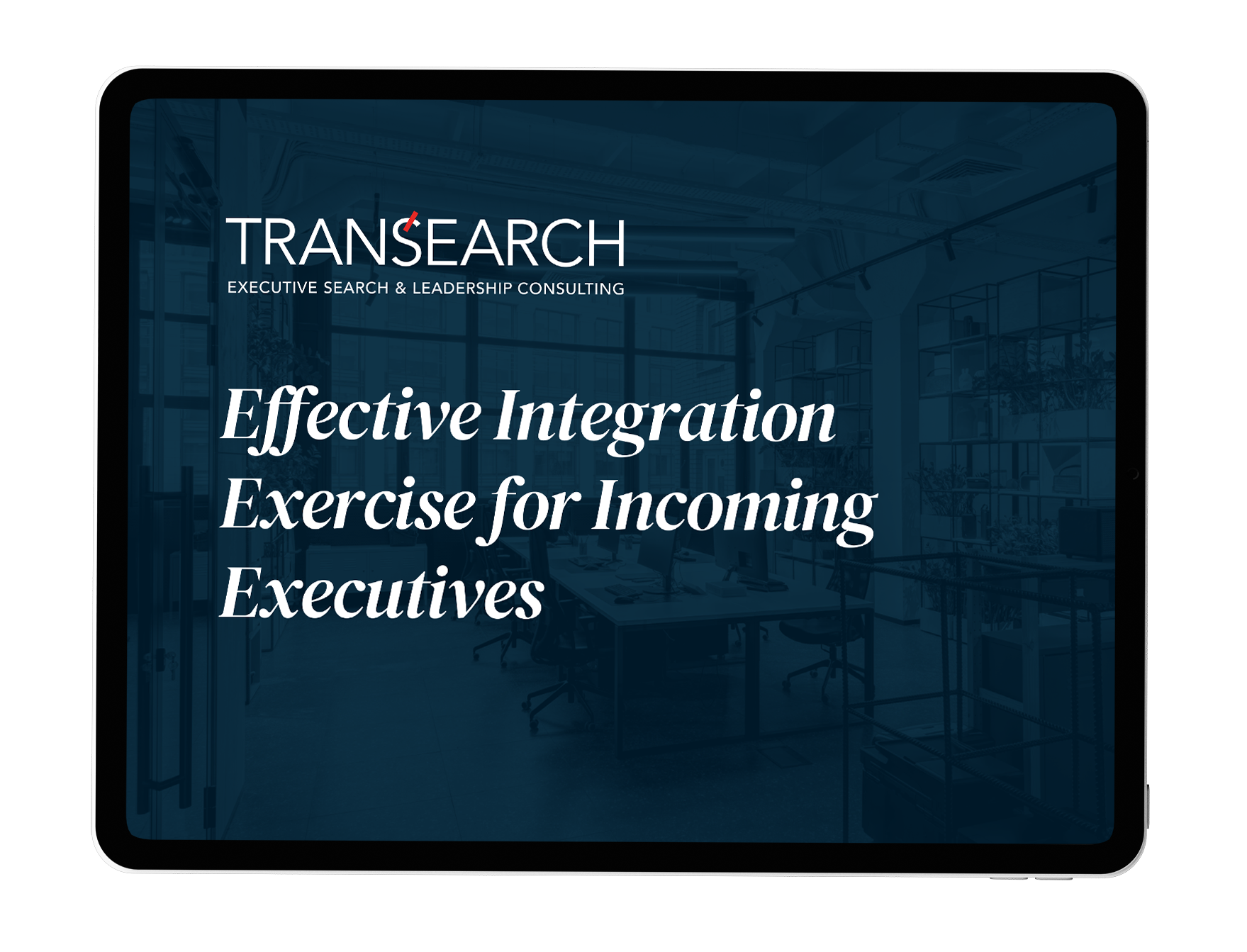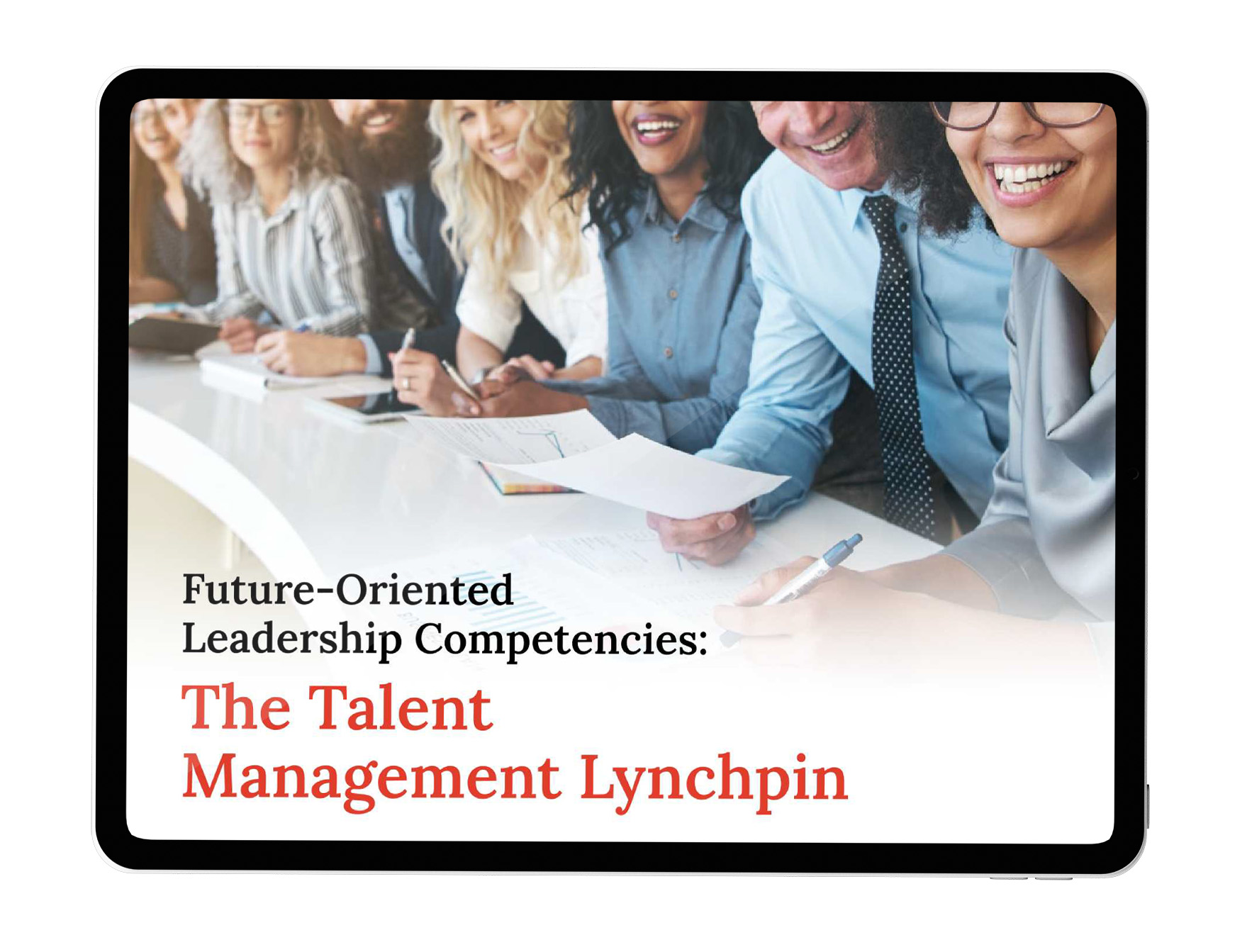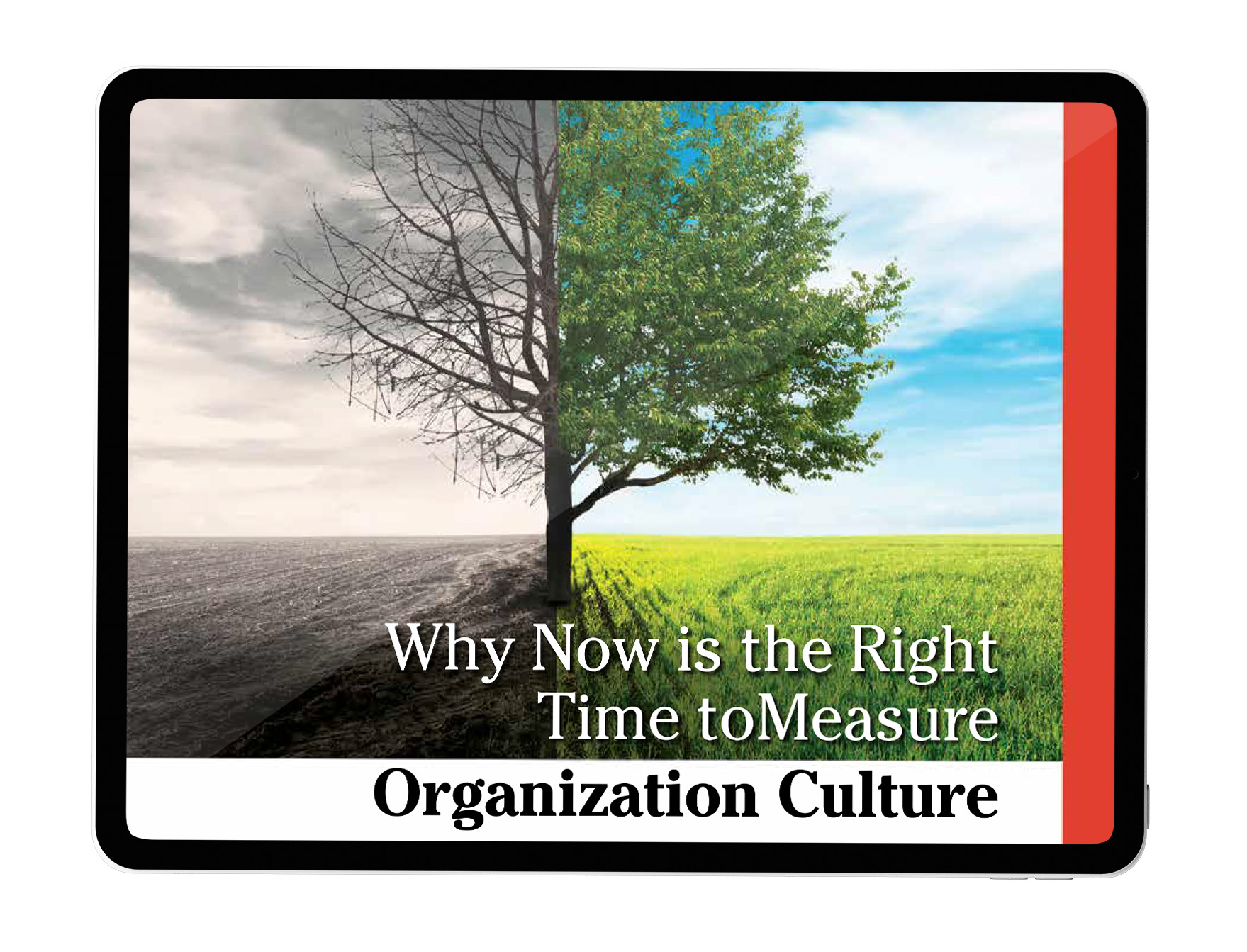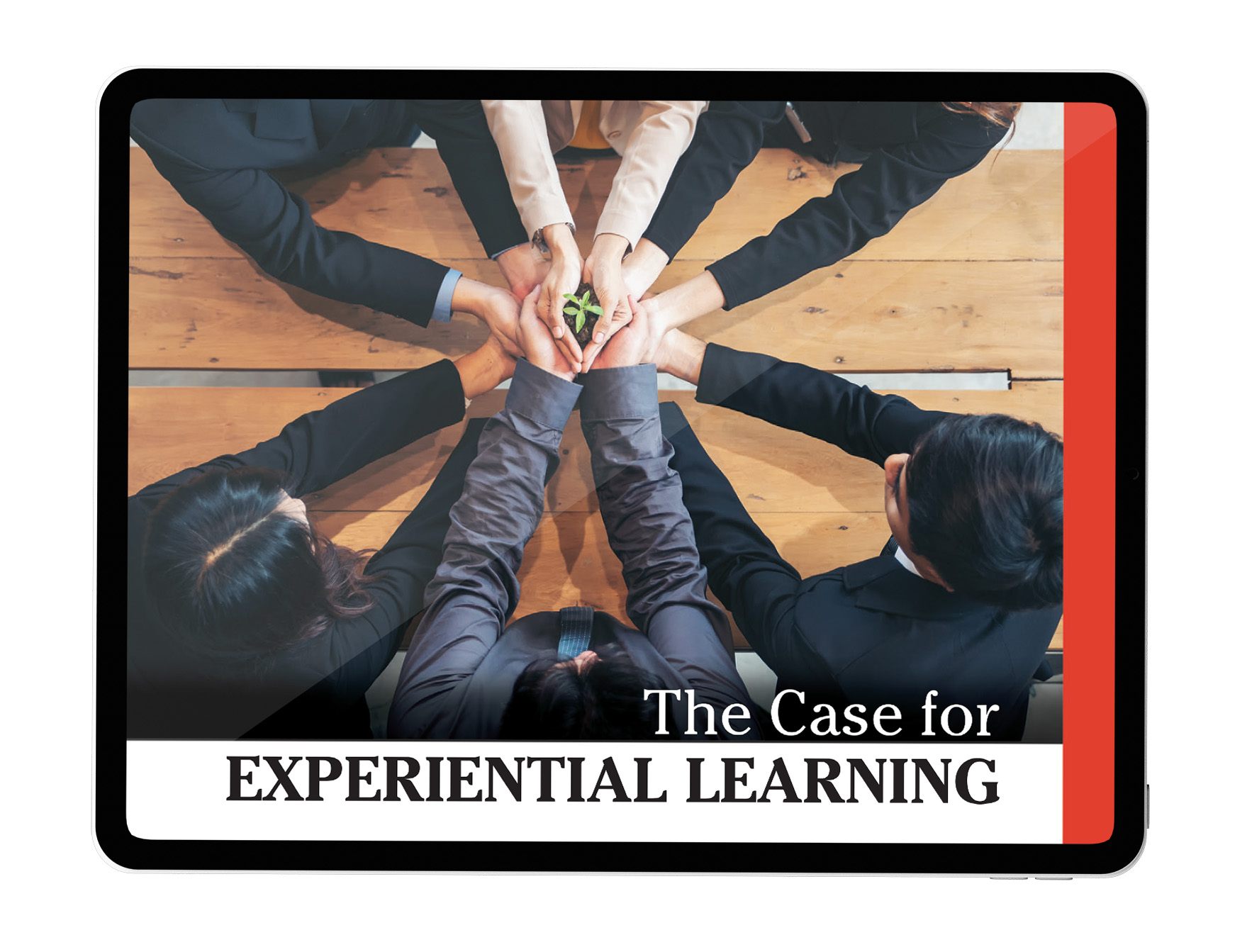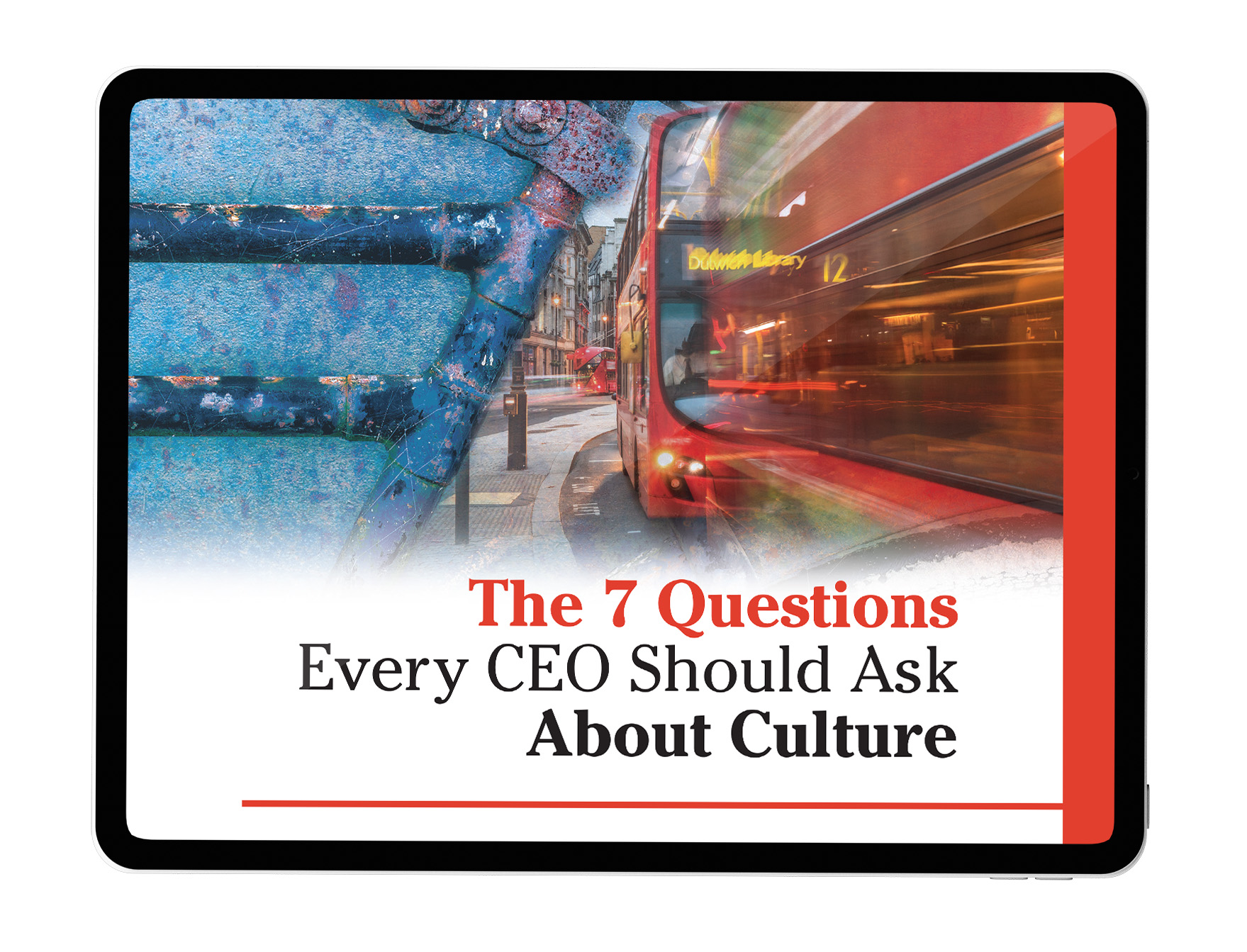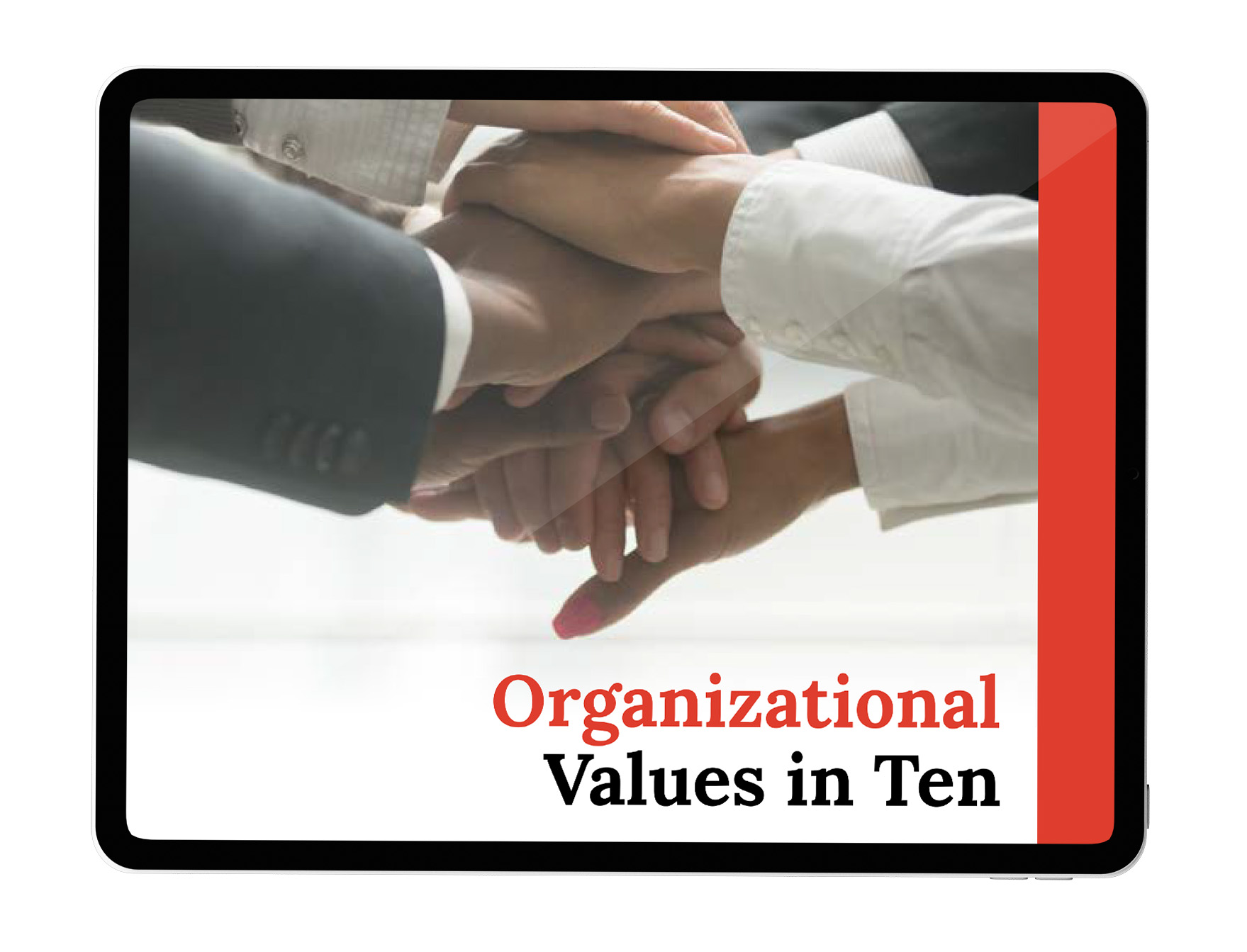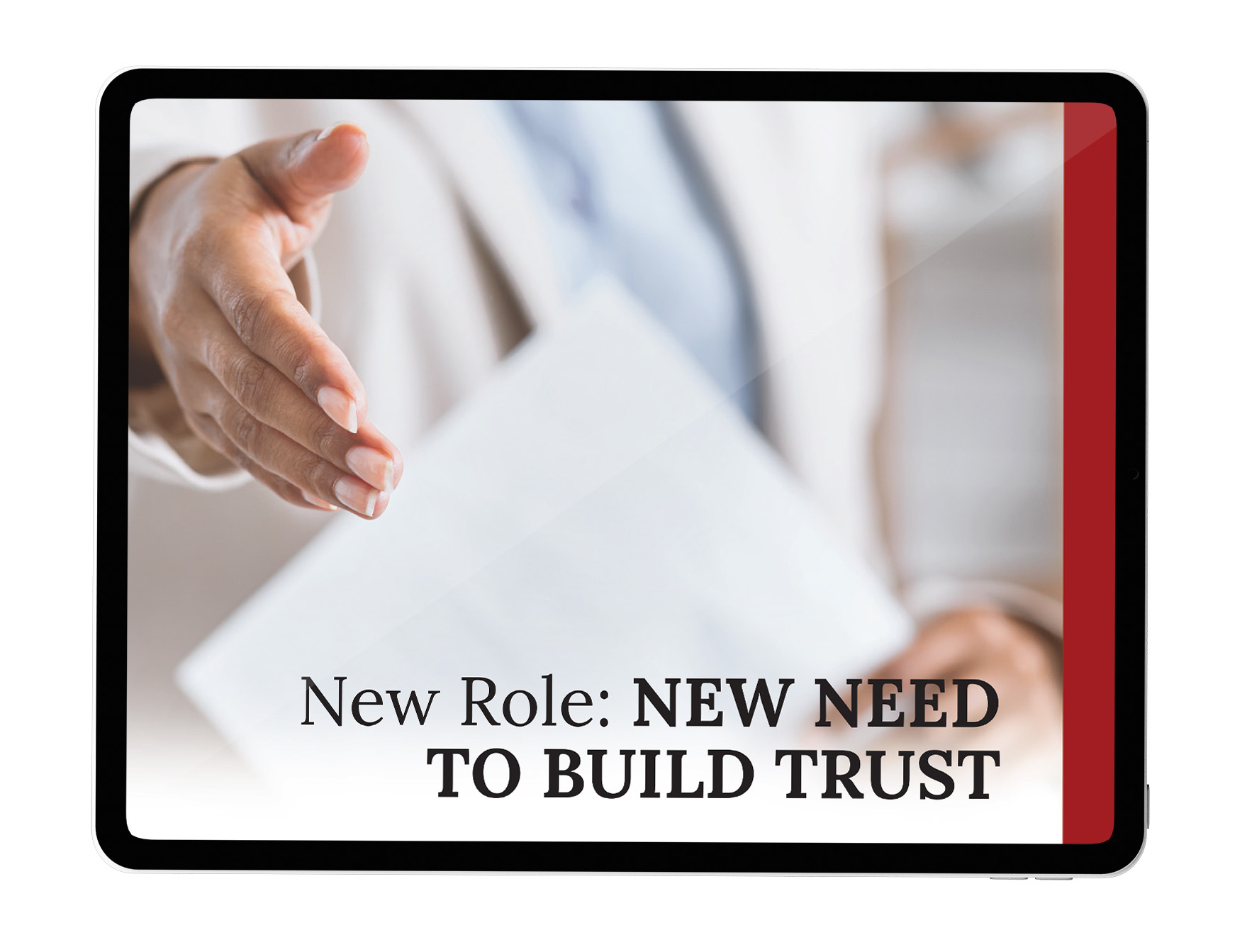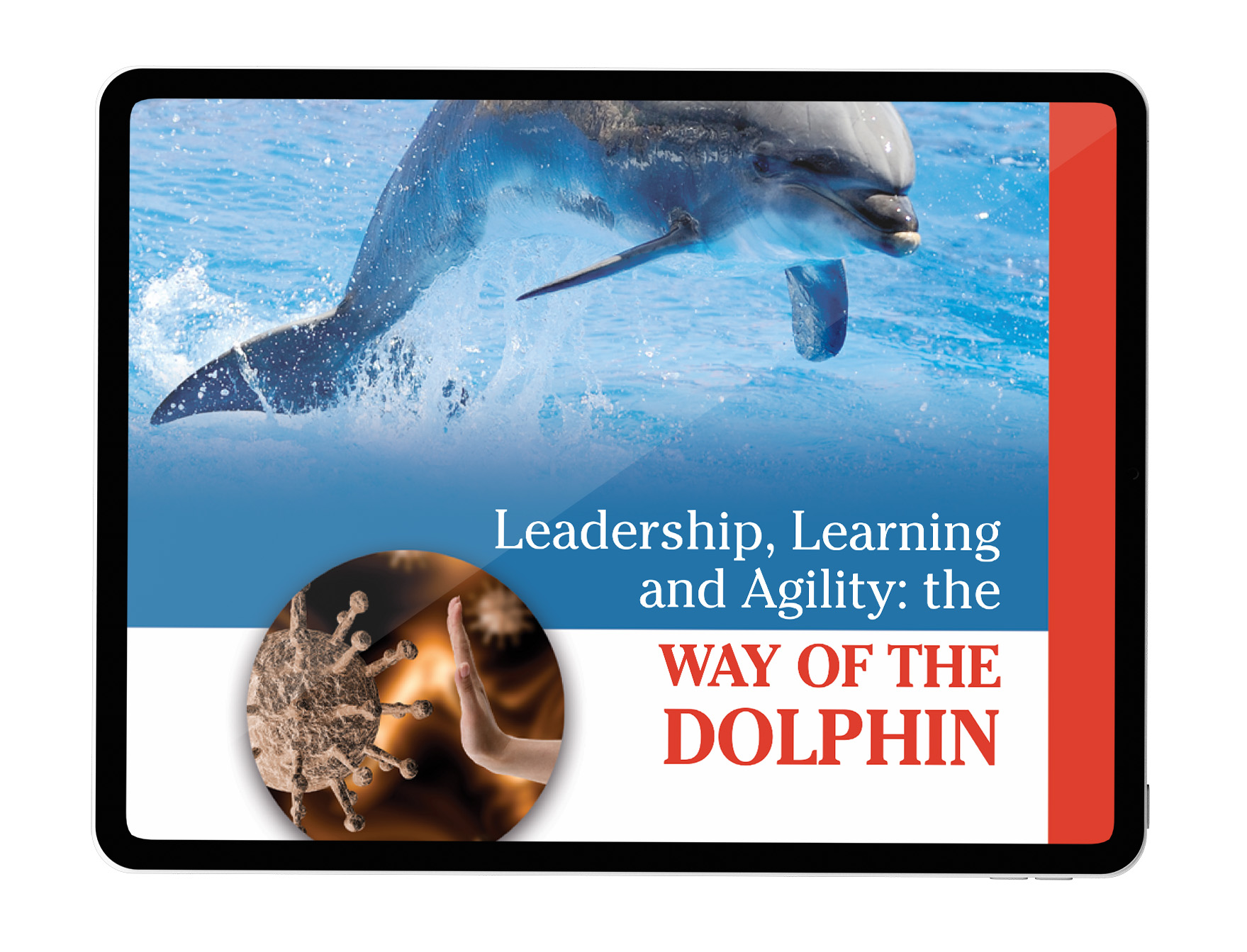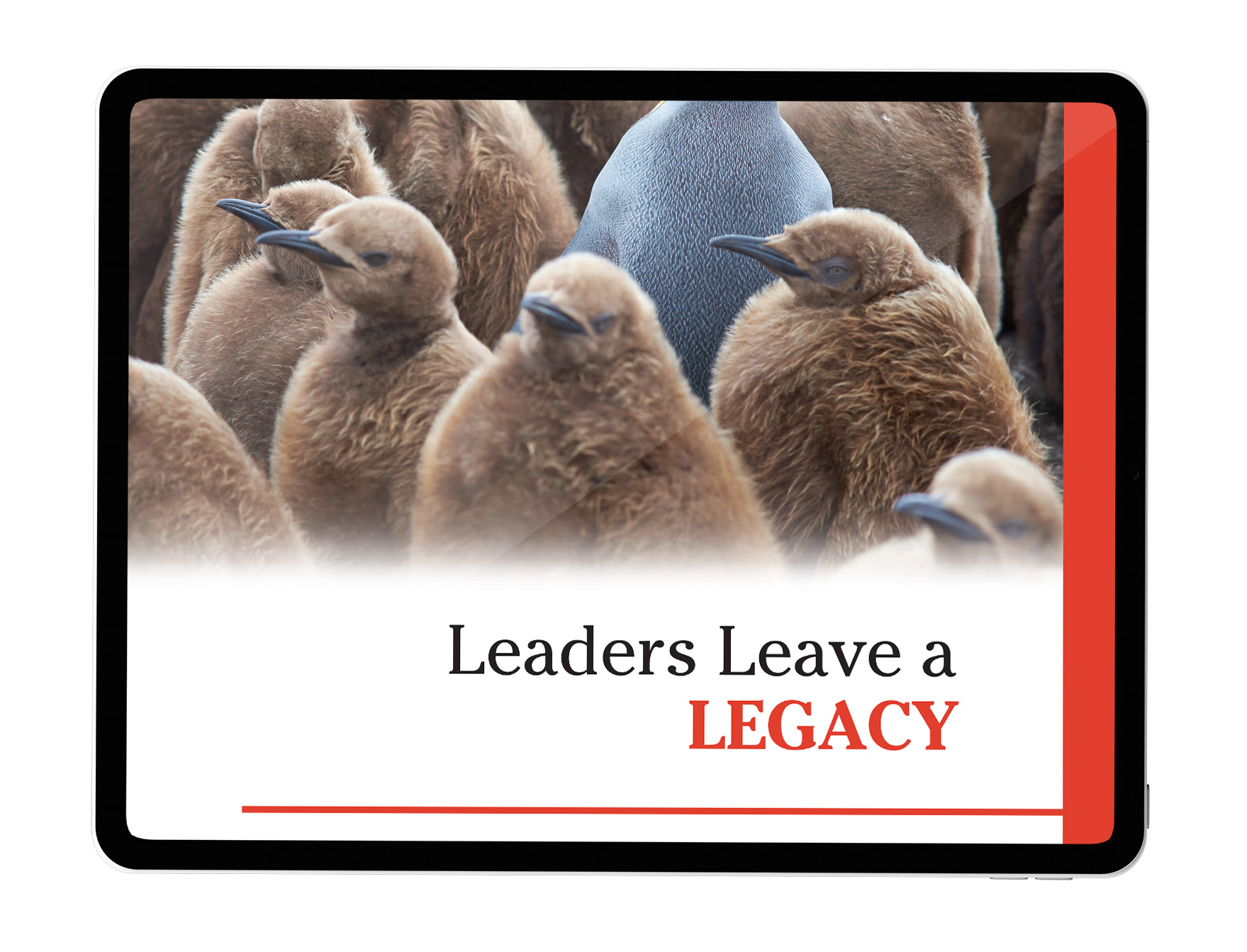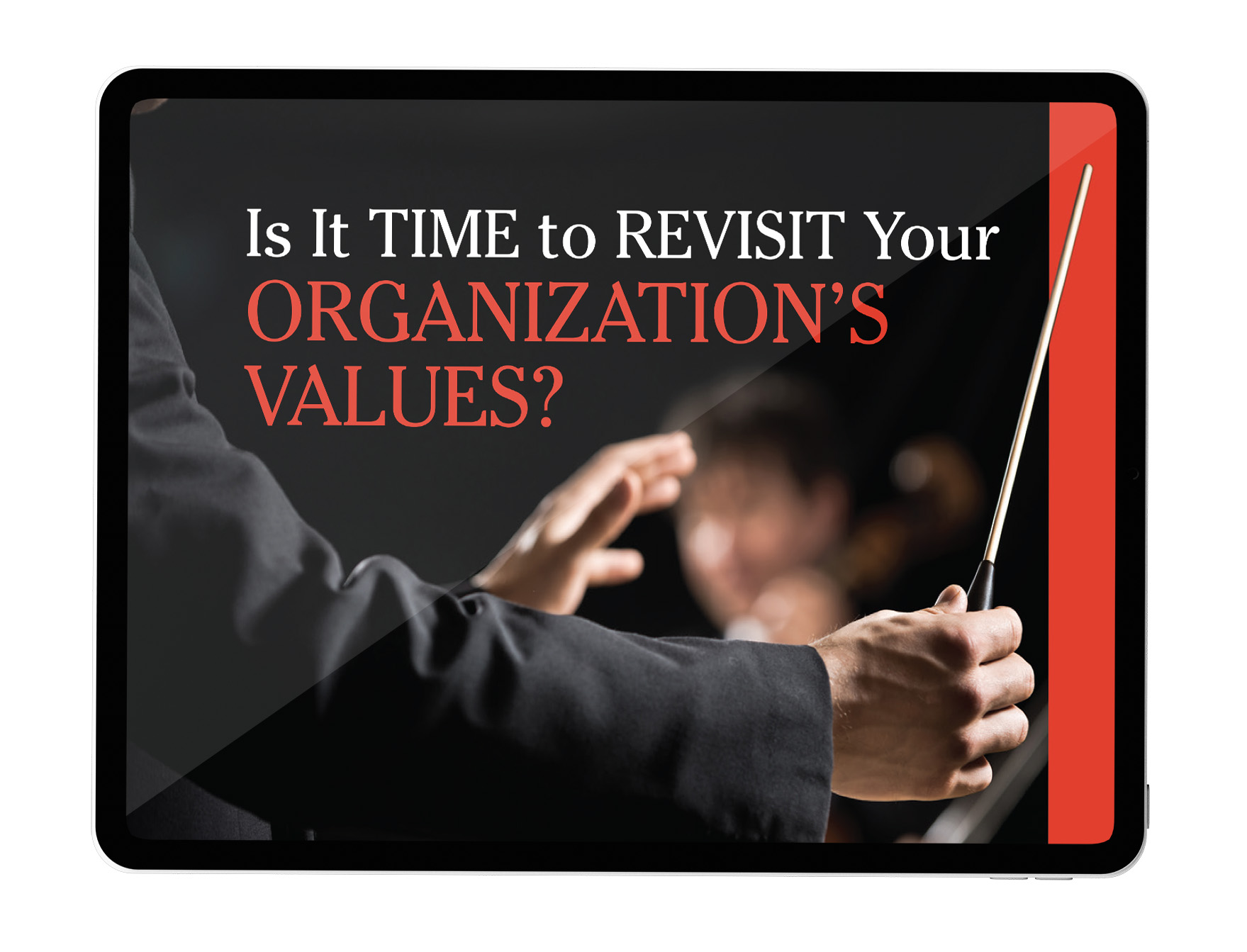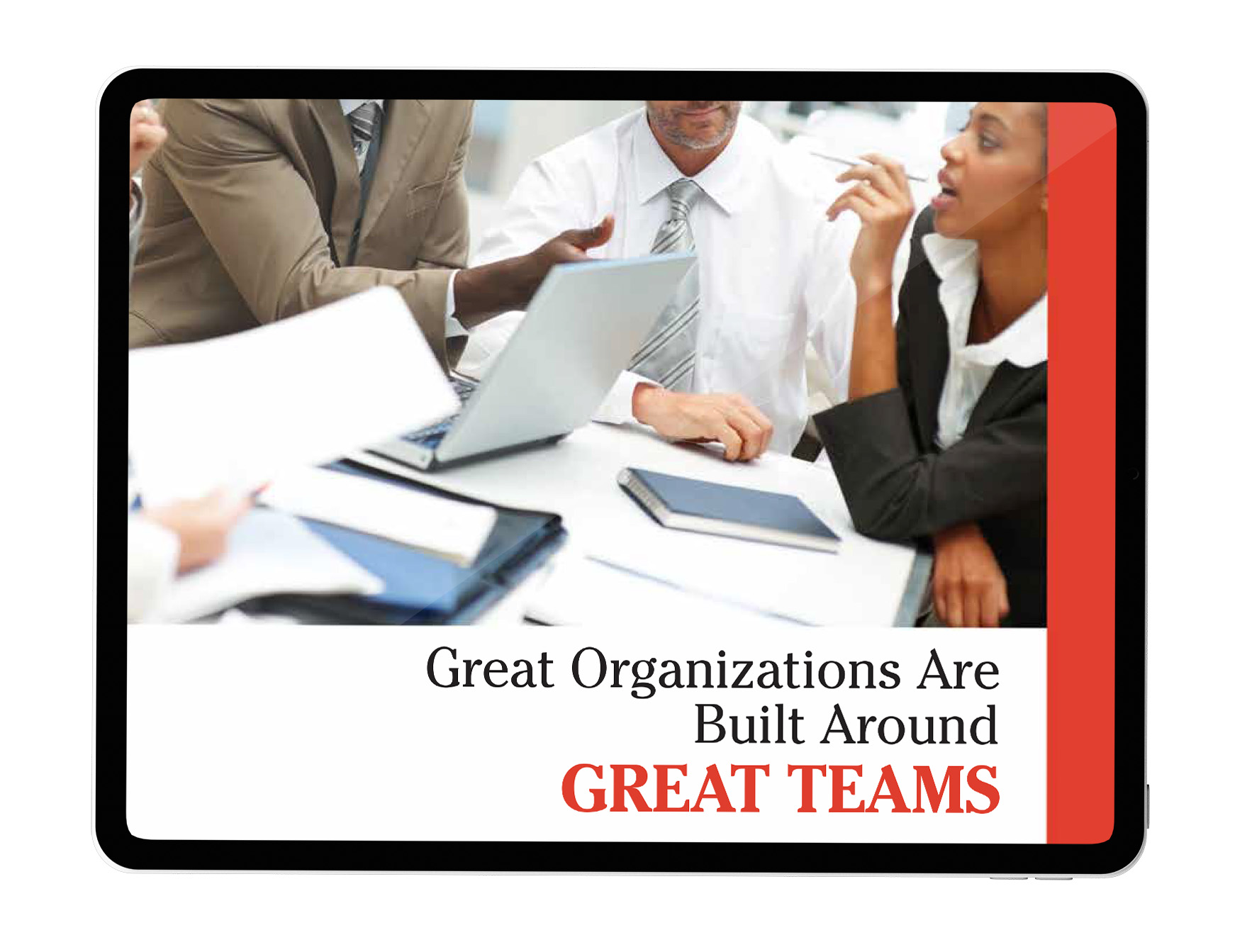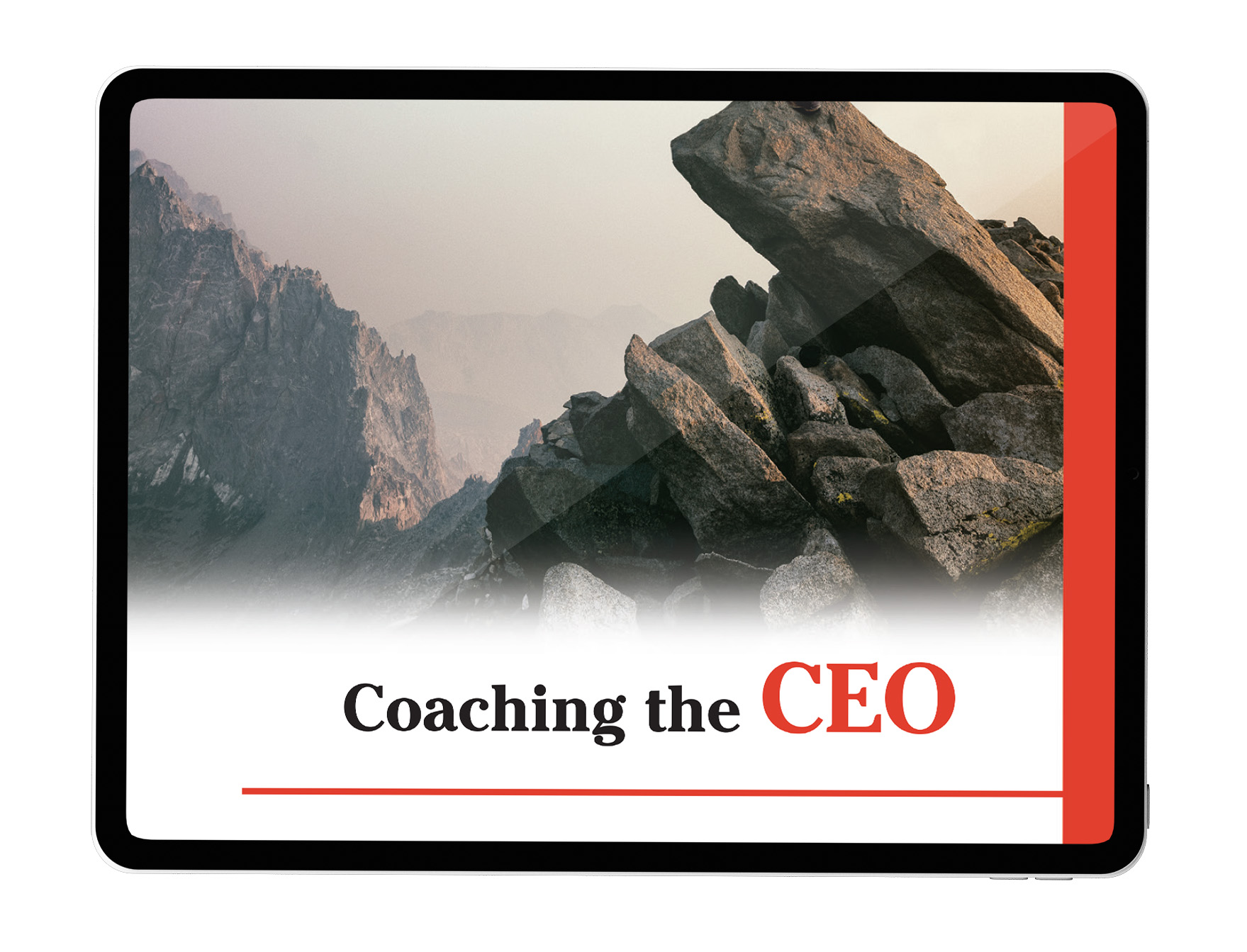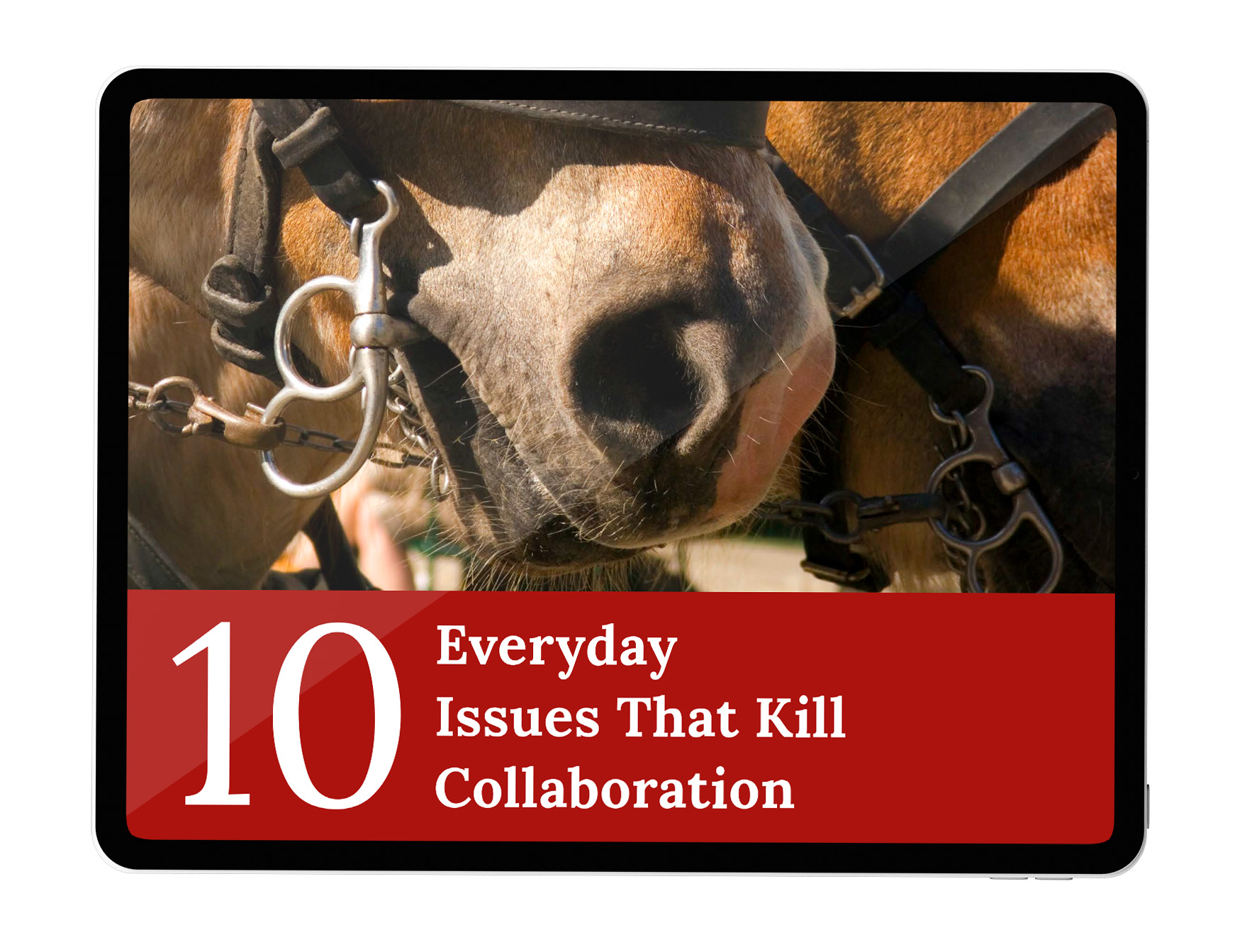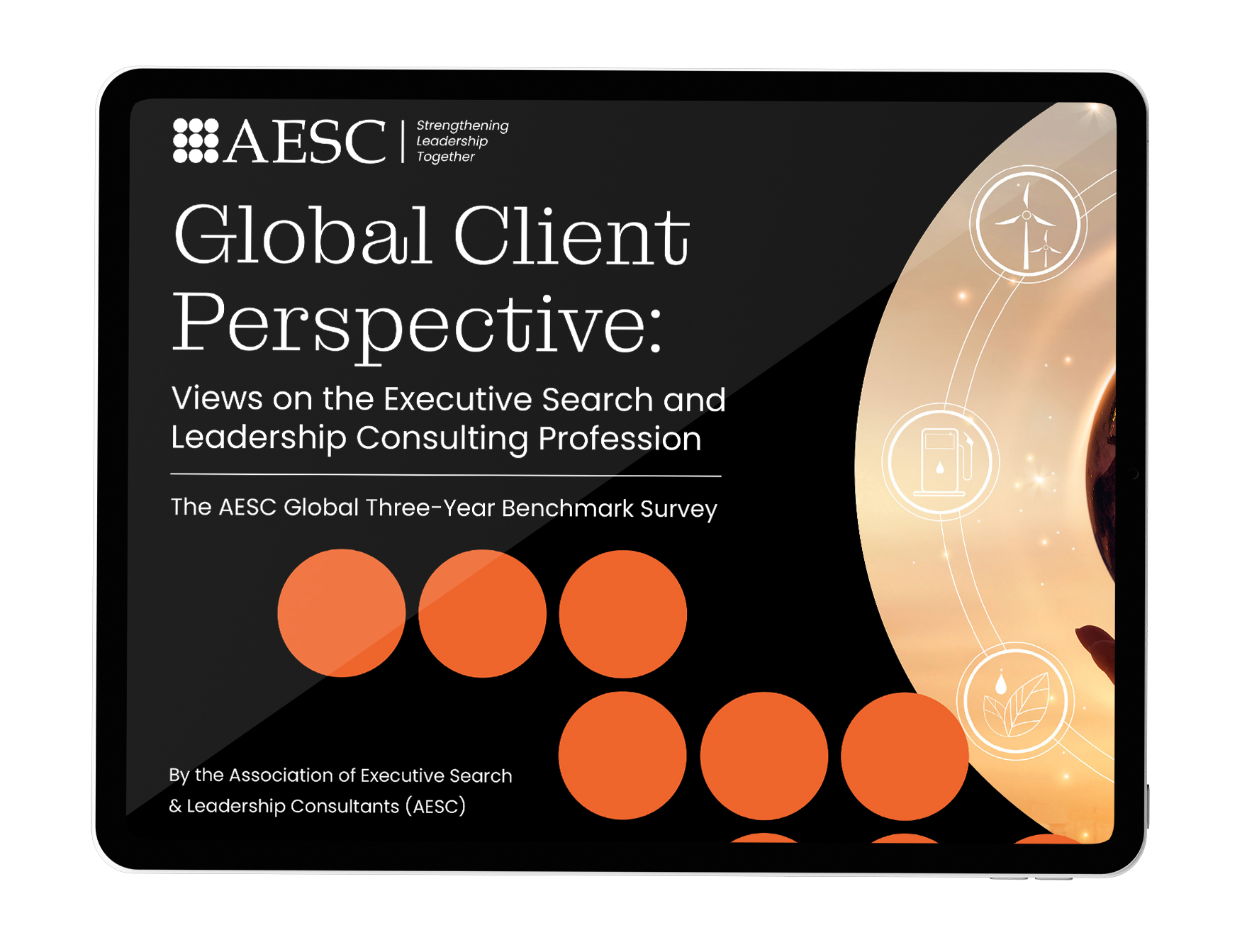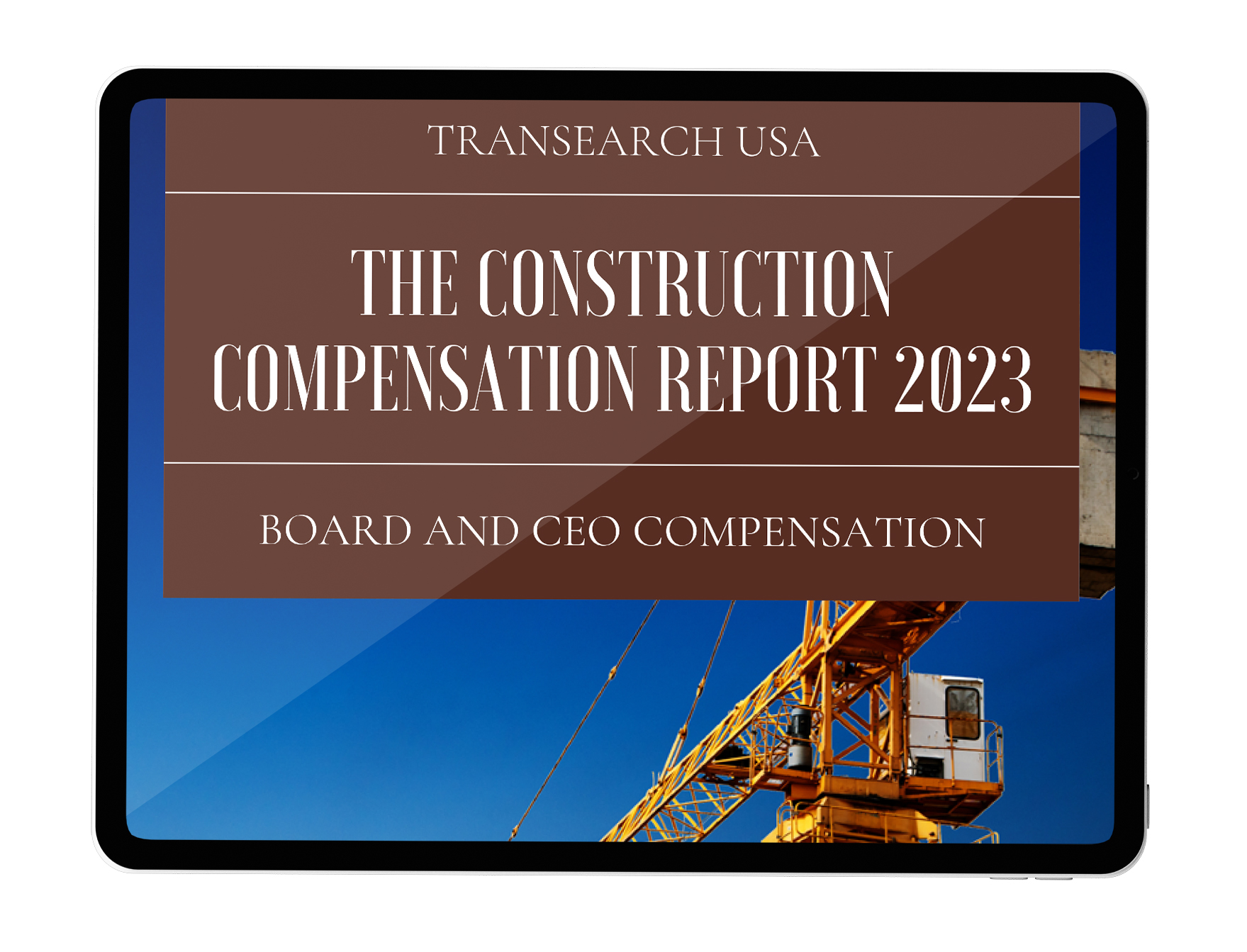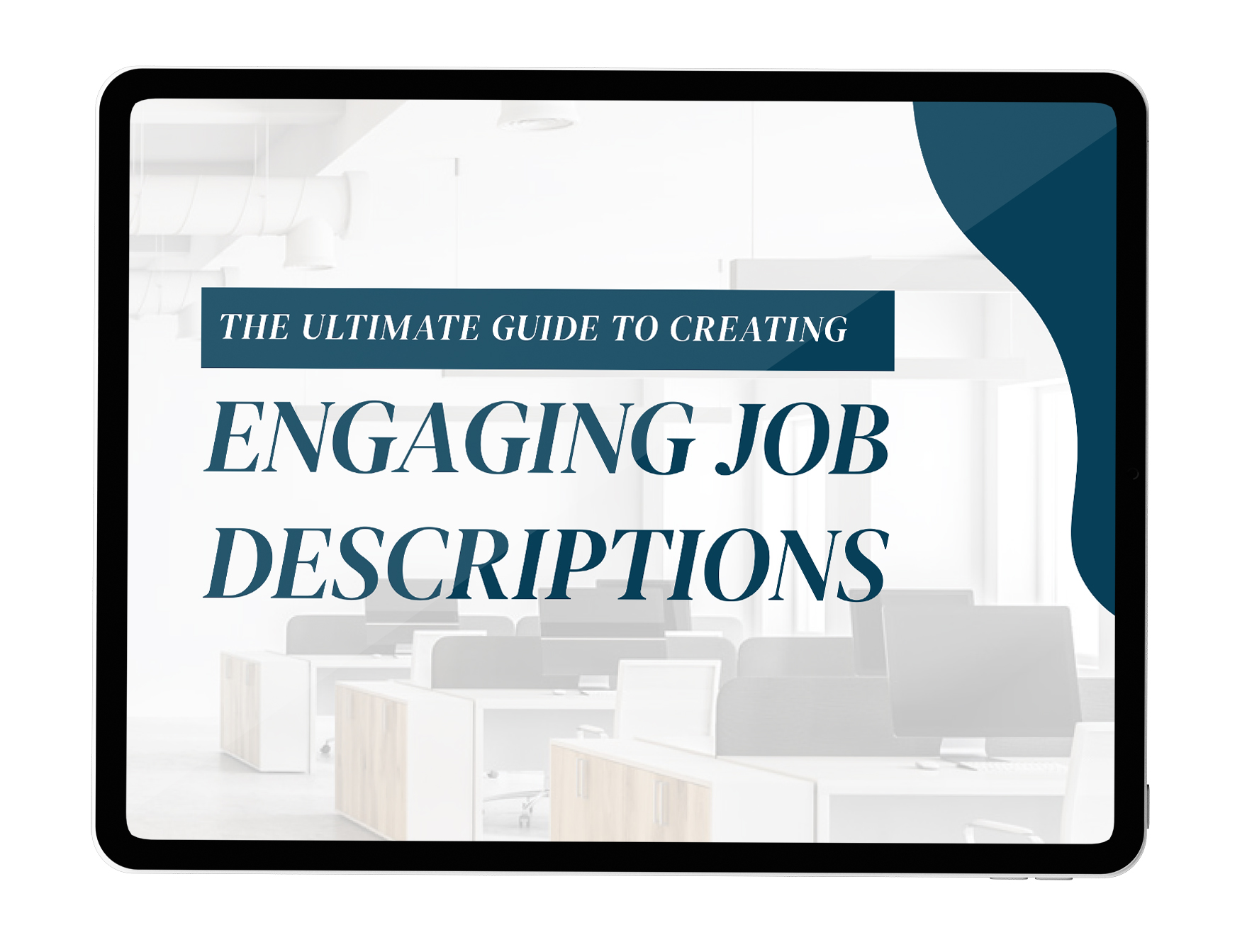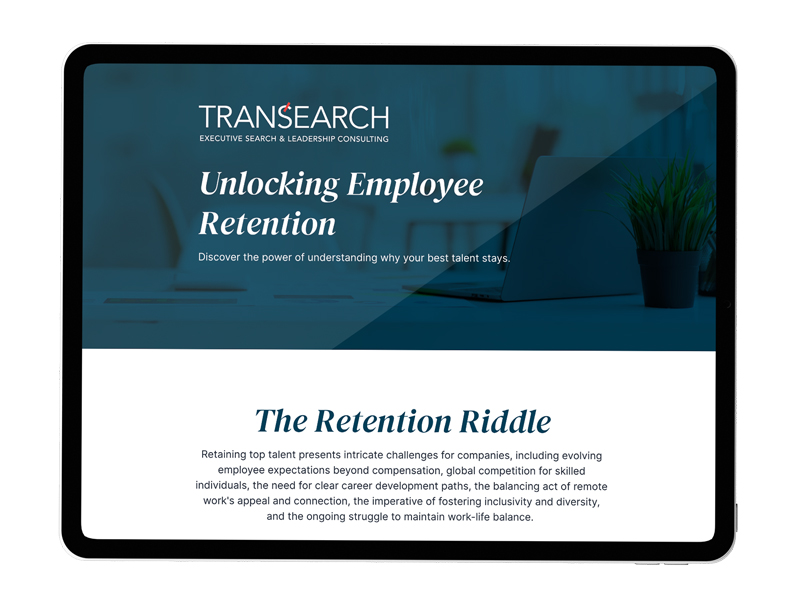Preparing high-potential talent for leadership roles is a key priority for most businesses.
The problem is that organizations struggle to do it well.
In a global study of nearly 16,000 leaders by Development Dimensions International (DDI), more than 50% of CEOs said their number one concern is not being solidly set up to develop their next generation of leaders. This is highly likely why nearly a third of newly hired executives fail within the first 18 months of their role.
Lacking a robust leadership pipeline can lead to catastrophic consequences. According to research from the Harvard Business Review, promoting and hiring of new executives who fail leads to a $255 billion annual reduction in total shareholder returns each year.
There are several proven strategies companies can take to groom high-potential talent to really hit their stride:
1. Identity who your high potentials are
How do you know which team members have what it really takes to be a successful leader? Identifying these folks can be confusing, as we instinctively look to the workers who perform the best to be the presumed future leaders.
Start with a well-defined profile. Ask your managers and external experts to figure out the key qualities and competencies that drive success in specific functions. Successful leaders must have a penchant for bringing out the best in others, authenticity, open to feedback, conceptual thinking, adaptable, showcase a strong propensity to deal with change and challenges, and have a passion for results.
2. Supply practical coaching and feedback
The next generation of leaders are yearning for more coaching and feedback. The DDI study found 30% are looking for more coaching than they’re getting today. By arming them with what they want, these go-getters will benefit from hands-on opportunities to ramp up their skillsets and learn directly from the people they will be taking the reins from.
As noted in Forbes by professional business coach and mentor Inga Birlinka, through coaching companies “can develop new generations of accountable and courageous managers. Every interaction and feedback may change into an opportunity to enhance the(ir) leadership skills and strategic thinking.”
When it comes to providing constructive feedback, Forbes Coaches Council advises to “highlight precise areas where they are excelling, as well as those requiring attention….(and) offer concrete suggestions for how they can specifically improve. This will help them focus on discrete outcomes as they challenge themselves to embrace new and expanded leadership roles.”
The coaching process should also involve active listening, where coaches not only advise, but engage in two-way conversations, answering questions, listening attentively and inspiring people to maximize their talents. Moreover, the earlier coaching and mentoring starts, the better. This allows companies to create coaching plans that focus on leadership blind spots and areas for improvement.
3. Develop robust leadership development programs
To be truly impactful, leadership development cannot be an annual or ad hoc endeavor. Businesses should have well-planned modules that set out frequent, experiential activities and ideally, a workplace environment where development is a core part of the overall company culture.
Chevron has a variety of leadership development programs that cater to where employees are in their careers and tailor activities based on that. For example, the company’s ‘Aspiring Leaders Program’ is geared to early career employees and specializes in developing leadership and managerial capabilities. For managers, Chevron offers the ‘Emerging Leaders program,’ where the focus is on honing more advanced leadership skills like coaching, feedback and delegating. Those in more senior positions participate in learning experiences where the emphasis is on setting strategy and leading innovation.
“We want these leaders to be able to do everything from drive the company’s vision to share inspirational storytelling among their teams,” says Stacy Eng, Chevron’s Chief Learning and Talent Officer.
It’s also pivotal for leadership programs to offer opportunities to gain broad exposure across the business. Speaking with Deloitte, Summer Houchens, an IT executive from Eli Lilly, said she had rotations in numerous areas of the business which made her more well-rounded. “Early on, I was given opportunities alongside my finance and marketing counterparts,” Houchens says. “I also had a mentor who worked with me on my communication skills. As we think about succession planning… think about the training necessary for leaders to help them grow.”
Another critical point is to have the employees play an active role in developing their growth plans so that they align with their career goals and match the succession plans of the organization.
4. Foster Emotional Intelligence (EQ)
In business circles, the importance of EQ has grown significantly over the last decade. The pandemic made EQ an absolute must have for leaders. For future leaders, learning how to show authenticity, empathy and other key EQ hallmarks such as compassion, support and encouraging colleagues to openly express themselves, have now become widely adopted. High potentials must fine tune these skills in order to be successful.
Lee Eisenstaedt of the Leading with Courage Academy, says EQ is “a better predictor of success than IQ or technical skills. So is self-awareness. To understand and improve both, all (high-potential) leaders and managers should have the opportunity to take a 360-degree assessment of their EQ. For those with the courage to ask others how they’re doing, the insights are game-changing.”
5. Training on managing dispersed teams
When asked what they think will change the most in the workplace during the next 10 years, 75% of CHROs polled by DDI said the ‘growth of flexible work arrangements.’
“The future of work (is and will continue to be) filled with technology, data, flexibility, and mobility,” the report authors write. “Companies must design safe workplaces, mobile solutions, and hub work locations that let people move to where work may be, operate in a safe and healthy way, and collaborate easily.” Therefore, organizations must train the next generation of leaders to learn how to effectively manage employees working in highly flexible contexts, including a mix of hybrid, fully remote and specially built ‘hub’ offices.
A cornerstone of this is grooming talent to be proactive communicators. That means training them to schedule regular check-ins with team members, particularly those who are remote, to ensure they stay connected, feel a sense of belonging and are fully up to date on what’s going on with the team and company.
While the data points to remote workers being productive, those preparing to lead remote/hybrid teams must have the tools, metrics and know-how to monitor the productivity of employees wherever they work from. “It’s important everyone understands that his or her flexible work schedule is predicated upon meeting the established goals and completing all assigned tasks,” as noted by The HR Team.
While productivity is pivotal, a good manager of flexible workers will learn to show employees they are trusted to be accountable and take personal responsibility for fulfilling work duties. Next gen leaders must learn how to encourage collaboration and creativity amongst distributed teams to unify groups spread out across many locations and different time zones.
And of course, when flexible workers deliver, future leaders must be trained on how to appropriately and meaningfully recognize and acknowledge their contributions. Validation is imperative to boosting morale, keeping employees engaged and enhancing employee retention.
Final Thoughts
High potential talent are challenge-seeking and creative people who are bursting with gumption to take on leadership roles. By heeding some of the key strategies highlighted here, they stand a strong chance to be set up to really take off in the future and bring their organizations to the next level.
